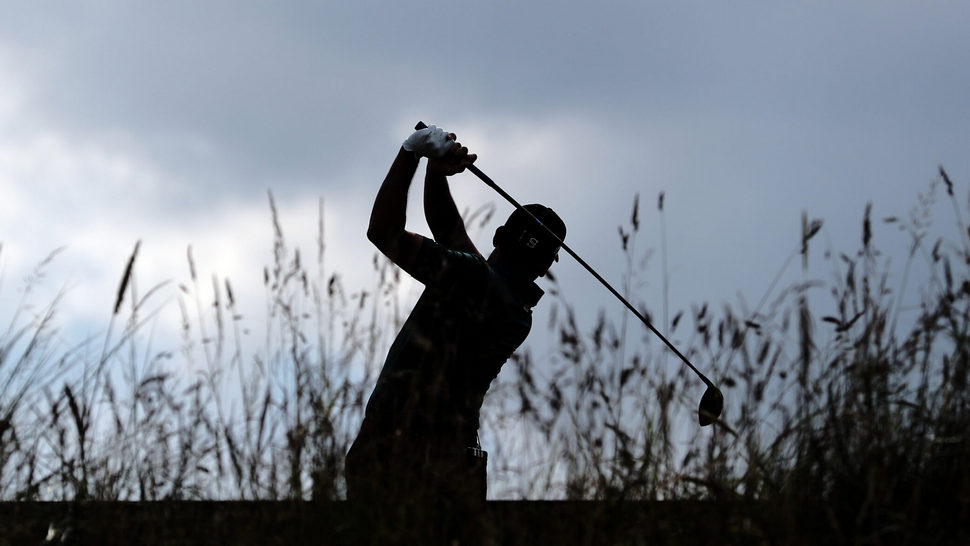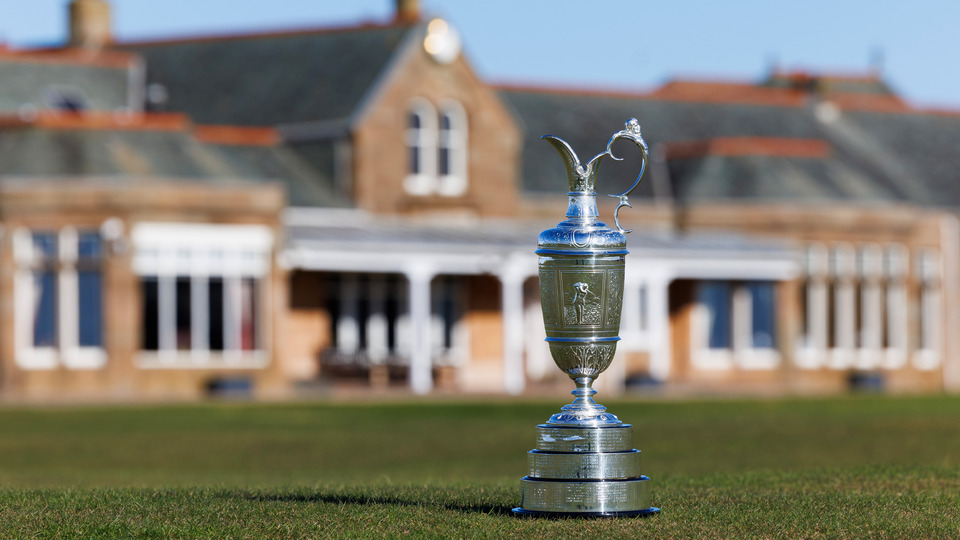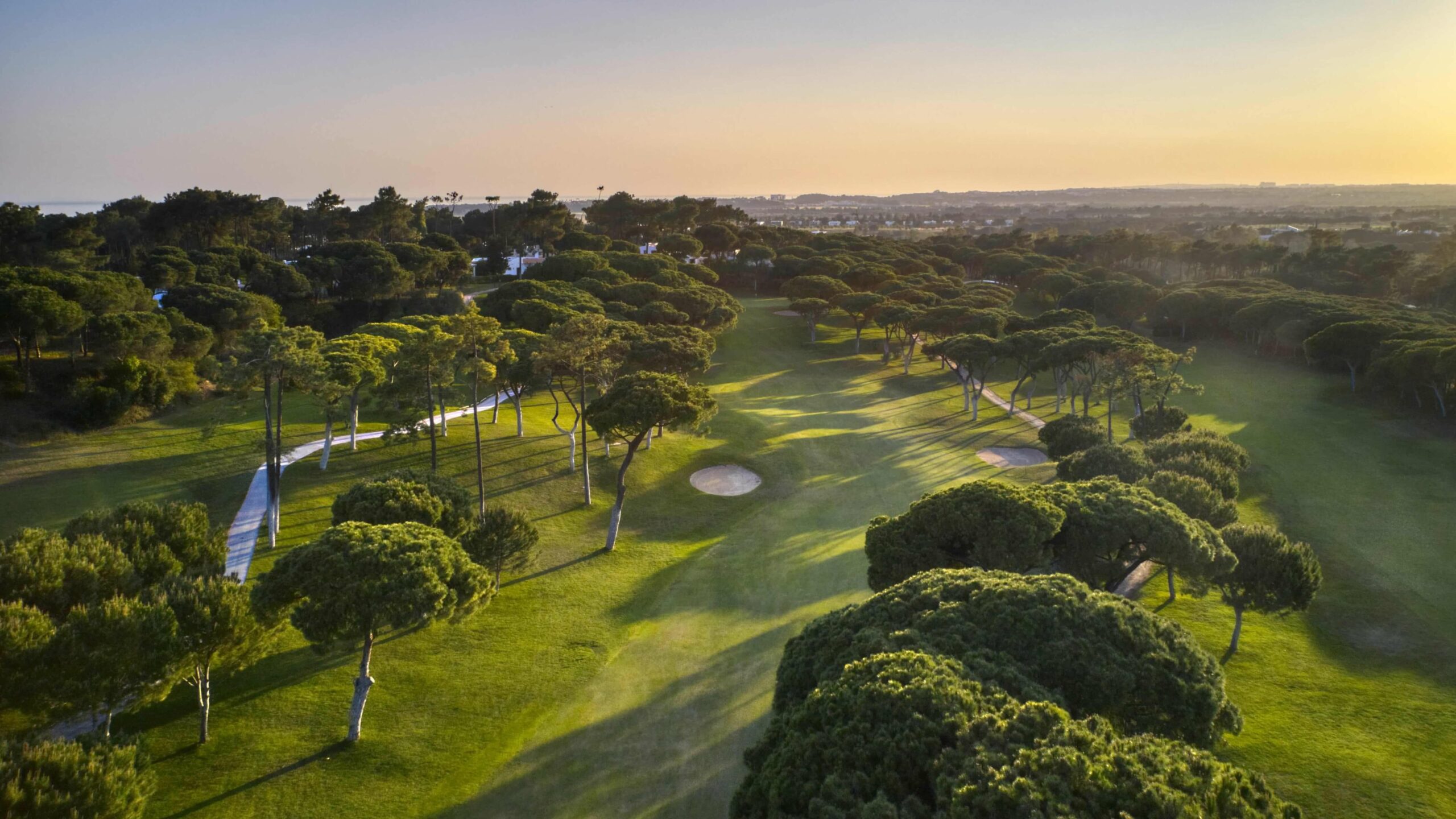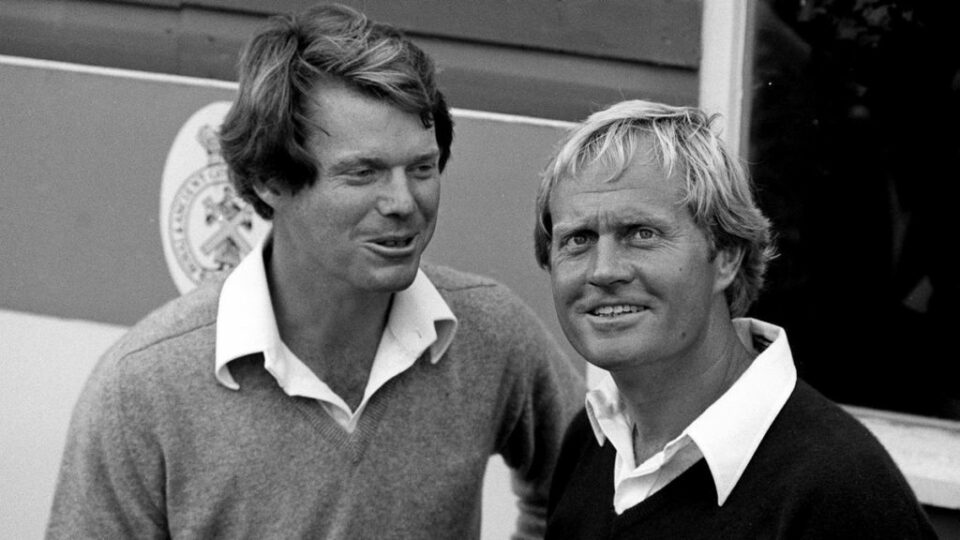Golf’s governing bodies have announced a change to the way golf balls are tested in order to reduce the distance they travel.
The revision to the Rules of Golf will apply at the elite level from 2028 and for recreational players in 2030, resulting in a 14-15 yard reduction for the former and less than five yards for the latter.
Here, the PA news agency looks at how advancements in equipment have led to this point.
Early days
The earliest clubs were often carved by the players themselves and made of wood, while King James IV of Scotland is recorded as buying clubs from a bow-maker in Perth in 1502. Balls were initially also made of wood before the “featherie” – made of cow or horsehide and stuffed with feathers – was introduced early in the 17th century. Around 1750, the first club heads made of iron began to emerge, while hickory and persimmon imported from America became the standard wood of choice for club makers.
The early 1900s
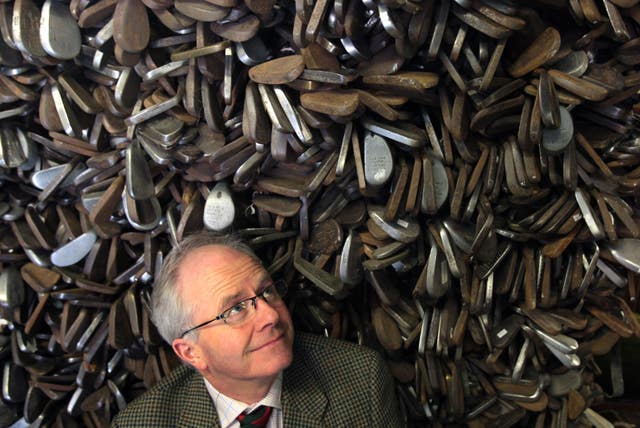
Improvements in forging techniques late in the 19th century had allowed iron club heads to be mass produced, with steel shafts becoming more popular around 1925 and eventually legalised in 1929. With no limit in place, some players carried large numbers of both steel-shafted and hickory clubs until the 14-club rule was introduced in 1939.
1960s and 70s

The first shaft made from fibreglass was released in 1954 and, although it never truly caught on, graphite shafts – which were stronger and lighter than steel – soon followed. The introduction of cavity-backed irons, rather than traditional “blades”, also had a major impact, as Ping founder Karsten Solheim predicted: “The thought I had was if you put perimeter weighting around the club it would give you a chance to mishit it and still make a good shot.”
1979-present day
The launch of the first metal TaylorMade driver in 1979 kickstarted the next stage in club development, although it took more than a decade before persimmon clubs became fully obsolete. TaylorMade later offered the first driver with easily adjustable weights to help promote a fade or draw, while the use of lightweight titanium allows manufacturers to create much larger club heads with thinner walls to maximise the sweet spot for greater forgiveness. The ball also developed with the advent of a Surlyn resin cover, and later Urethane, while Nike’s solid construction ball was hugely popular after Tiger Woods used it to win the 2000 Open at St Andrews. Three months later, the launch of Titleist’s ProV1 in Las Vegas prompted numerous players to switch to the new three-piece multilayer ball.

